
McKenzie County
Located in extreme western North Dakota, McKenzie County is unique in its economy, landscape and attitude. Once known as the "Island Empire", the county is bordered by the Yellowstone River, Lake Sakakawea and the Missouri River and the Little Missouri River. The natural resource based economy is dependent on farming and ranching and energy development with landscapes ranging from rich farmland to heavy badlands. The county is home to over 500,000 acres of Little Missouri National Grasslands, an area rich in oil reserves and grassland resources.
Visit McKenzie CountyMcKenzie County Offices
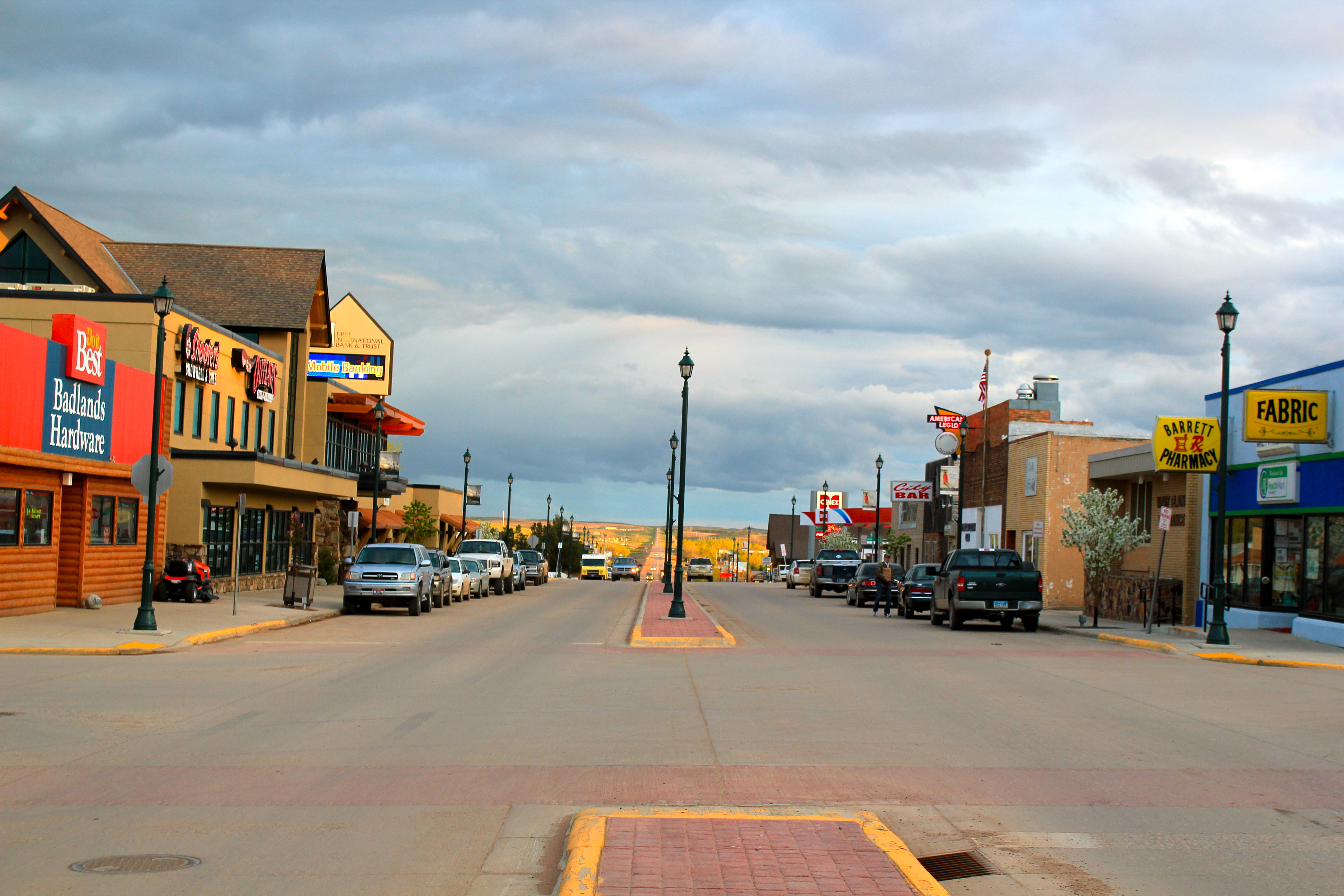
Watford City
Watford City is located in western North Dakota, surrounded by the
Missouri River and Lake Sakakawea and the Yellowstone River in eastern
Montana. The 2018 census reports a population of 7,080 residents, but
because Watford City is located at the heart of the Bakken Oil play, the
area has significantly increased in population and development since
the census. Watford City is the county seat of McKenzie County and
serves a large rural community with an estimated population of 15,024 residents.
The community is heavily dependent on natural
resource based economies such as ranching, farming, tourism and oil
exploration. With over 500,000 acres of public land in the Little
Missouri National Grasslands and the
Theodore Roosevelt National Park,
Lake Sakakawea and the Fort Berthold Indian Reservation, the community
has a sizable base of federal employees as well.
The community
has developed an extensive community plan focusing on telecommunication
and recreational infrastructure to attract new industry and wage
earners. The physical beauty and ample recreational opportunities have
been attractive to a select group of telecommuters and information
technology companies, energy companies and financial and service
companies.
Visit Watford CityCity of Watford City Offices
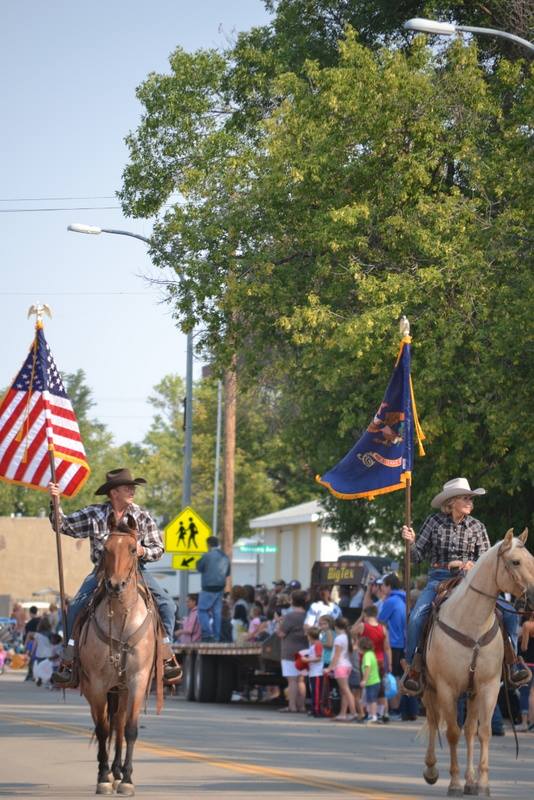 Alexander
Alexander
Alexander was founded in 1905 and named after early North Dakota politician, Alexander McKenzie. Alexander McKenzie is also McKenzie County’s namesake, where Alexander served as a temporary county seat in 1905 when the county was established.
Alexander is a small town with a great central location to access the Williston, Watford and Sidney communities and events. According to the 2018 Census estimate the population was 325.
Alexander may be small but it is home to a handful of great businesses, like the popular James Gang java, Wild Flour Café & Bakery, Hi-Way Lounge, Tobacco Depot and Tina’s Greenhouse. Overnight guests can enjoy a stay in the Motel Alexander.
The Alexander Public School recently finished the large addition with new classrooms, gym and other facilities to accommodate the growing population of students and families moving into the area.
Every year Alexander fills with people from near and far to celebrate an annual event known as Old Settler’s Days. This three-day event takes place on Labor Day weekend and had been a great tradition of the community.
Find out more about Alexander at cityofalexandernd.com
Arnegard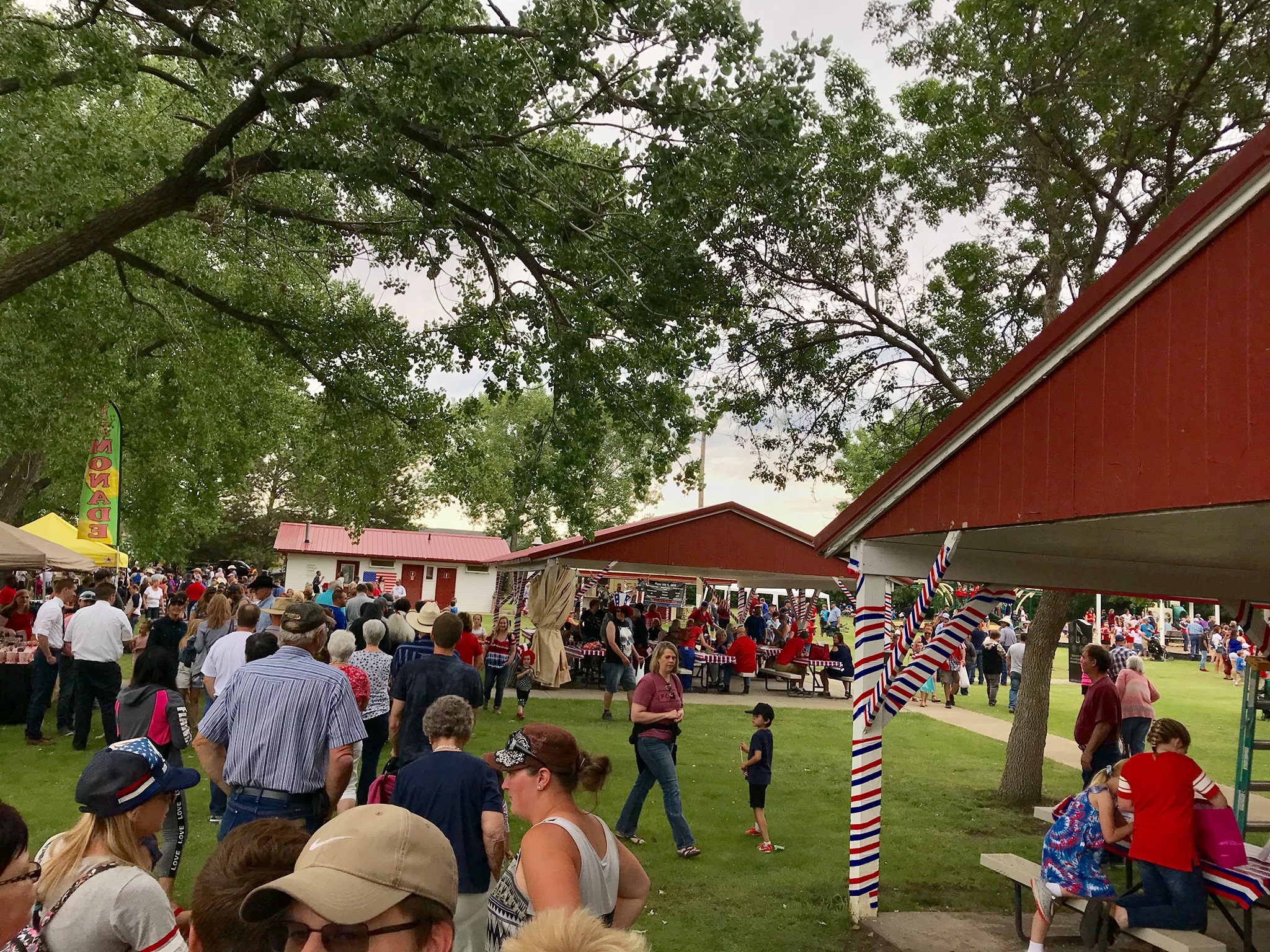
Arnegard was founded in 1906 and is named for Evan Arnegard, the first homesteader in the area. The first church was a one-room log cabin, the Wilmington Lutheran Church. It was so named because most of the people who founded Arnegard came from Spring Grove, Minnesota -- where they belonged to the Old Wilmington Lutheran Church. The town was incorporated in 1913 when the Great Northern Rail Road extended its line past Watford City to Arnegard.
In 1914, the town built the Arnegard School -- a one-story, four room school which taught grades 1 through 12. It opened on January 29, 1915. As second story and rear annex were built in June 1936. Included were four more classrooms and a library on the second floor, and a gym and principal's office in the rear. The annex was torn down in 1954, and a much larger gym built. By then, the Arnegard Spuds basketball team was winning games throughout the state, and wrestlers too were winning awards. In 1961, the school won the State Class C Boys' Basketball Championship.
The high school closed in 1963 due to declining enrollment, but elementary school classes continued to be held in the structure until 1976. McKenzie County donated the building to the city of Arnegard shortly thereafter, and it was used as a roller skating rink, town library, and meeting hall. By the early 1980s, the second floor was considered unsafe, and the building eventually closed. In 1998, local man Milton Hanson purchased the structure and completely renovated it. He operated it as the "Old School Bed & Breakfast", and has been featured on HGTV's "If Walls Could Talk" and Prairie Public TV's "Old to New: Remodel, Restore, Revitalize."
If you are looking for a small friendly place with a rural setting we have it The U.S. Census estimates that the town had 161 residents as of 2018. Local businesses include Charlie's Service and Arnegard Auto Sales,Short Stop Convenience Store and Taco La Mexicana.
Arnegard is a group of close knit community members. In the summer they host weekly burgers in the park celebration and the community is known for its Annual festive 4th of July Celebration
Find out more at arnegardnd.com
Grassy Butte 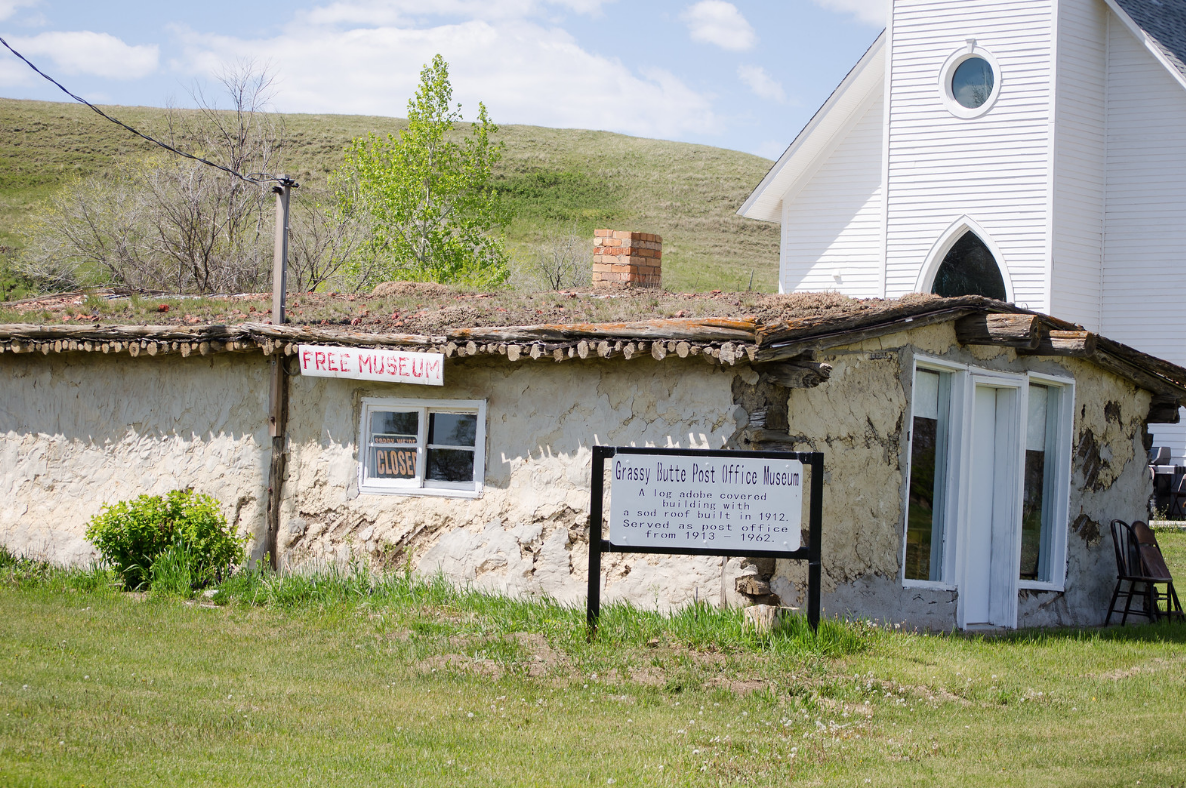
Grassy Butte is an unincorporated community in southeastern McKenzie County, It lies along U.S. Route 85 south of the city of Watford City. Grassy Butte currently has a gas station/convenience store, a bar, a church and is home to many different businesses including a welding production shop, various construction companies, and a tractor repair shop and rodeo arena.
Grassy Butte was featured in the best selling novel “Peace Like a River” by Leif Enger. It is the home where character Roxanna's house is located.
The Grassy Butte Post Office is listed on the National Register of Historic Places and is a popular attraction for history buffs. The post office is a Ukrainian-type log building that was built in 1914 and was used as a post office until 1963. The post office is one of the last known examples of Ukrainian-type log and clay plaster construction in North Dakota.
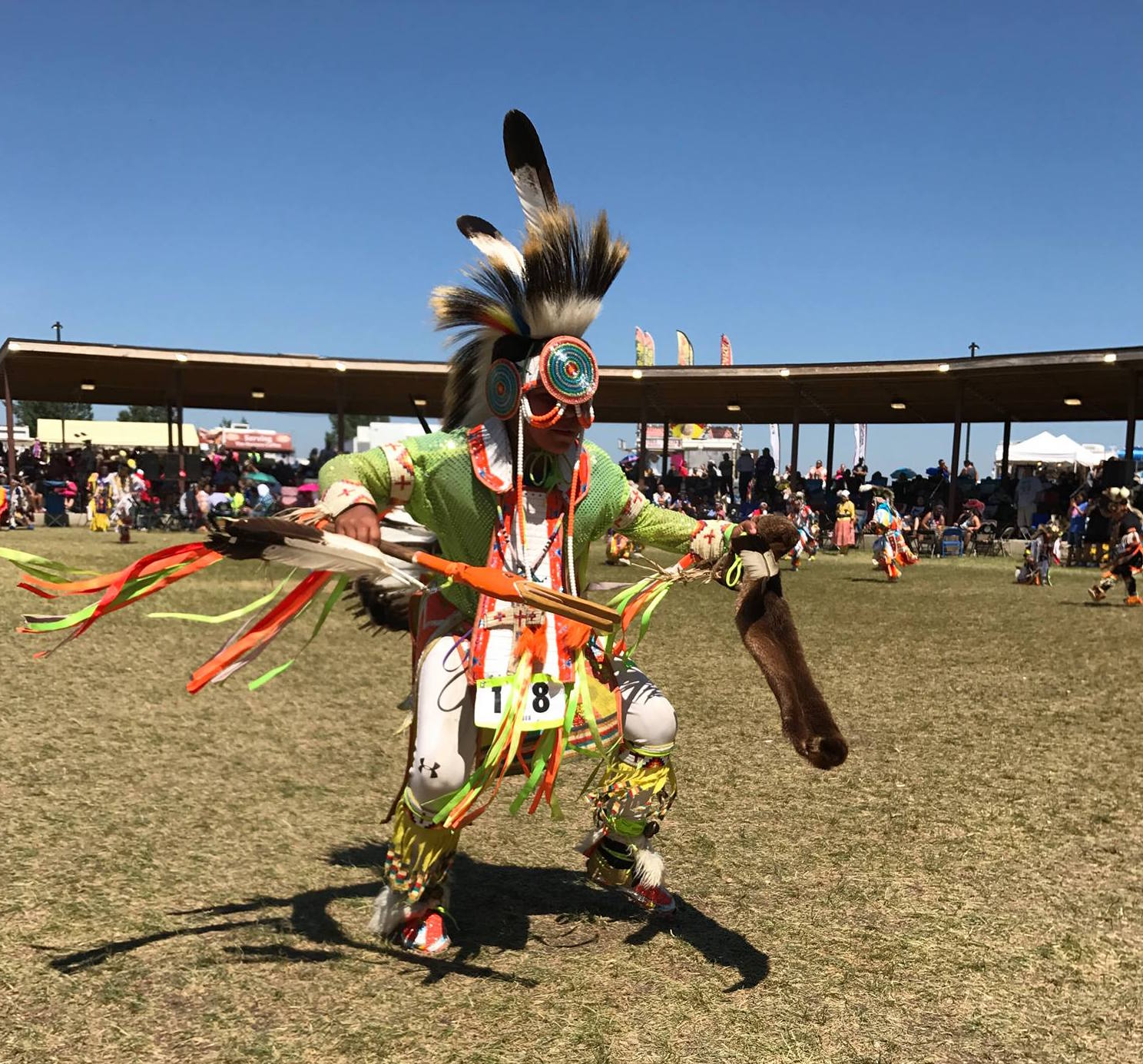 Mandaree
Mandaree
Mandaree is located on the Fort Berthold Indian Reservation in the Mandan, Hidatsa and Arikara Nation. It was founded in 1954 as a home for those displaced by the rising backwaters of the Garrison Dam. The name was suggested by a Catholic missionary on the reservation and uses parts of the names of the three tribes: MANdan, HiDAtsa, and REE, another name for the Arikara.
Mandaree is the primary physical center of the Mandan-Hidatsa community. It is noted nationally for its annual Pow-wow, held the second weekend in July, as well as for being the home of the Mandaree Singers, a tribal musical group.
Mandaree Public School District #36 is made up of Mandaree Elementary School and Mandaree High School. Both schools are funded by the Bureau of Indian Education (BIE) and the state of North Dakota. The teams are called the "Mandaree Warriors" and "Lady Warriors."
Other Communities
Other communities in McKenzie County include
Census-designated places
East Fairview
Four Bears Village
Unincorporated communities
Banks
Cartwright
Charbonneau
Charlson
Dore
Hawkeye
Johnsons Corner (or Johnson Corner)
Keene
Kroff
Rawson
Schafer
Skaar
Townships
Alex
Antelope Creek
Arnegard
Blue Butte
Charbon
Elm Tree
Ellsworth
Grail
Hawkeye
Keene
Randolph
Riverview
Sioux
Tri
Twin Valley
Yellowstone